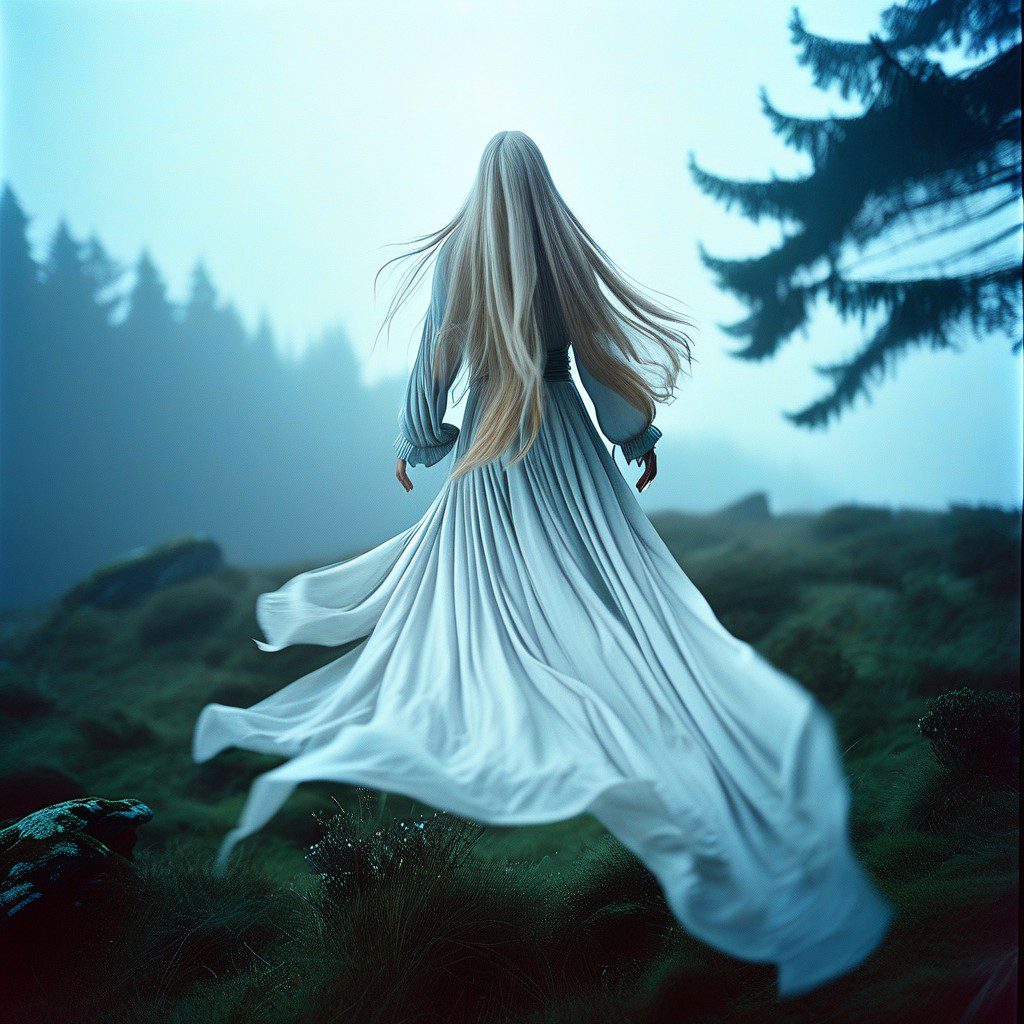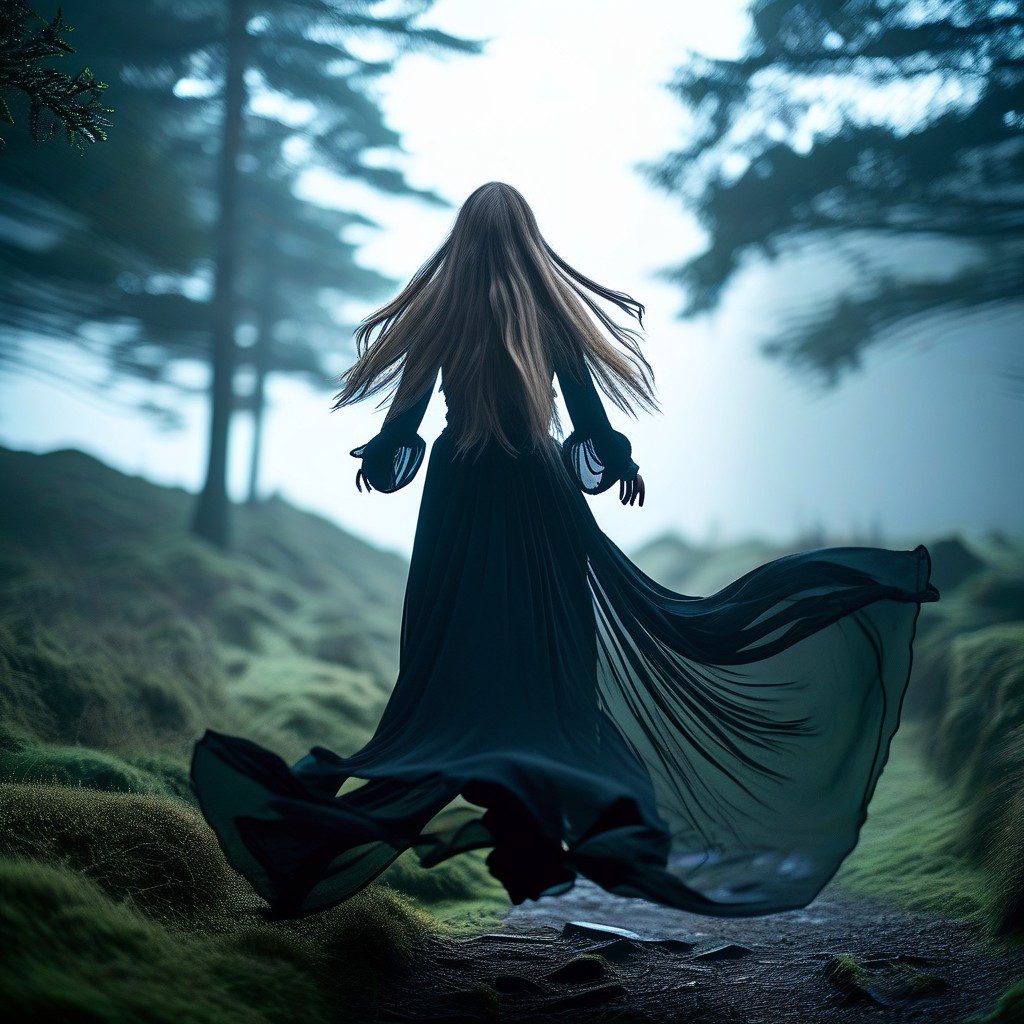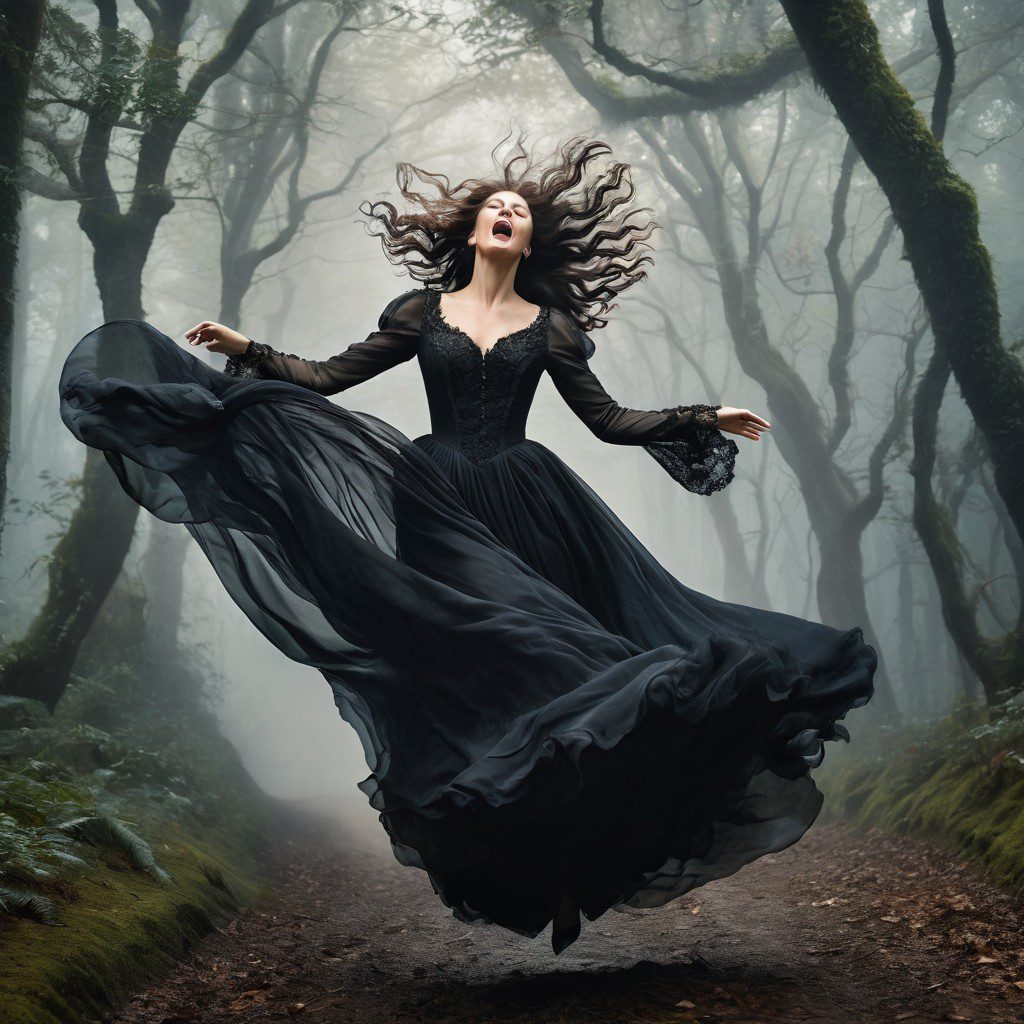The Banshee: The Wailing Spirit of Death in Irish Folklore

The Banshee is one of the most iconic and chilling figures in Irish and Celtic mythology, her mournful wail a harbinger of death and sorrow. Often depicted as a spectral figure, the Banshee appears in times of imminent death, lamenting the loss before it even occurs. Yet despite her terrifying presence, she isn’t malevolent; rather, she serves as a messenger between the living and the dead, bound to ancient family lines and the fate of those tied to her.
Let’s dive into the mysterious history of the Banshee, her role in folklore, and how she continues to appear in modern literature, film, and games.
Origins: The Bean Sidhe of Irish Mythology
The Banshee (bean sidhe or bean sídhe in Irish, meaning “woman of the fairy mound”) is closely tied to ancient Irish beliefs surrounding death, family, and the afterlife. She is often described as a fairy spirit or a ghost, depending on the version of the myth, and her origins are deeply rooted in Celtic spirituality. In Celtic belief, sidhe (pronounced “shee”) were supernatural beings that lived in burial mounds and ancient hills, often acting as intermediaries between the living and the gods.
The Banshee specifically is believed to be a member of these sidhe, but her role is more specific—she is a death omen. She is said to wail or keen (a traditional form of lamentation) when someone is about to die, particularly if they belong to one of the old noble Gaelic families: the O’Neills, O’Briens, O’Connors, O’Grady’s, or Kavanaghs, though the list varies. Over time, her role expanded, and she became associated with families beyond these, but the connection between the Banshee and noble Irish bloodlines is a common thread.
Depictions: The Many Faces of the Banshee
The Banshee’s appearance is as varied as her legend. In some stories, she appears as a beautiful young woman with flowing red or golden hair, dressed in a silken gown that shimmers in the moonlight. In others, she takes the form of an old crone, her face wrinkled with age and her eyes red from centuries of weeping. This duality in appearance—sometimes youthful, sometimes ancient—adds to the mystery surrounding her and reflects the complex nature of death itself, which can be seen as both inevitable and unpredictable.
Despite her often terrifying presence, the Banshee is not evil. She does not cause death, but rather foretells it, acting as a messenger between worlds. This aligns with the Celtic reverence for death as a natural, albeit sorrowful, part of life. Her cry is an expression of grief and warning, not an act of malice.
Some legends even suggest that the Banshee is the spirit of a woman who died in childbirth or suffered a violent death, forever bound to the families she wails for. In these cases, her presence is deeply personal, her mourning a reflection of her own sorrowful life cut short.
The Wail of the Banshee: A Warning of Death
The most iconic feature of the Banshee is her keen, a loud, haunting wail that echoes through the night when someone is about to die. This keen is described as an eerie, unearthly sound—sometimes like a piercing scream, sometimes more like a low, mournful sobbing. The specific nature of her cry changes depending on the story, but it always carries the weight of impending loss.
The Banshee’s cry can be heard by those in the immediate area, especially the family members of the person whose death she foretells. In some tales, only those destined to die can hear her wailing, while in others, her cries are heard by all, sending a chill through the hearts of those nearby.
This keening tradition has roots in real-life Irish customs surrounding death and mourning. Professional mourners, known as keeners, were once employed to lament at funerals, expressing the community’s collective grief. The Banshee’s wail is an otherworldly echo of this custom, blending the real and supernatural in the way that so many Irish myths do.
Banshee in Modern Media
Despite her ancient origins, the Banshee continues to hold a strong presence in modern culture, appearing in literature, television, film, and even video games. While her role has shifted and evolved, the core concept of the Banshee as a harbinger of death has remained intact.
Literature
In Irish literature, the Banshee often appears in poems and stories that focus on themes of death, family, and the supernatural. William Butler Yeats, one of Ireland’s greatest poets, wrote extensively about Irish folklore, including the Banshee. In his work Fairy and Folk Tales of the Irish Peasantry, he explores the deeper, symbolic meaning of these spectral figures and how they reflect Ireland’s cultural identity. The Banshee here becomes a representation of the way the Irish people understood life and death, with a respect for the unseen and the spiritual realm.


Other authors, like Seamus Heaney, have referenced the Banshee in more modern poetic interpretations, often focusing on her eerie cry as a metaphor for loss, grief, or even political turmoil, using her as a symbol for Ireland’s own complex history of strife.
Television & Film
The Banshee has appeared in various forms in film and television, particularly in shows that explore supernatural or mythological themes. The hit series Teen Wolf introduced a modern version of the Banshee with the character Lydia Martin, whose abilities are tied to premonitions of death. Here, the Banshee is given a new twist, appearing as a young woman who experiences death through visions and screams, adding a psychological element to the myth.
In the film Darby O’Gill and the Little People (1959), a classic depiction of Irish folklore, the Banshee appears in a more traditional sense. Here, she is portrayed as a terrifying spirit whose wailing signals the approach of death, her form ethereal and ghostly.
Movies like The Cry of the Banshee (1970) and more niche horror films have also tapped into the darker aspects of her myth, focusing on her as a spectral figure that instills fear, even though these portrayals sometimes stray from the traditional Irish view of her as merely a death omen and not a malevolent spirit.
Video Games
The Banshee has made her way into video games, particularly those that delve into mythological and supernatural themes. In Mass Effect 3, for example, the Banshee appears as a terrifying enemy, a corrupted alien form that screams to paralyze and demoralize players. Though far removed from her Celtic origins, the use of her scream as a weapon mirrors the way her wail is a key part of her power in folklore.
In other games like Dragon Age: Inquisition and Dungeons & Dragons, the Banshee often appears as a spectral enemy that heralds doom, her wail dealing massive damage or causing instant death, once again emphasizing her role as a harbinger of the end.
Strengths of the Banshee
- Harbinger of Death: The Banshee’s primary strength is her foresight into death. She knows when someone is about to die and makes her presence known through her chilling wail.
- Otherworldly Knowledge: As a figure from the world of the sidhe, the Banshee possesses deep knowledge of the supernatural and the transition between life and death.
- Untouchable and Unstoppable: The Banshee isn’t a physical being and cannot be fought or stopped. Her presence is inevitable, and once she appears, death will soon follow, making her an inescapable force of fate.
Weaknesses of the Banshee
- Limited Role: Unlike other supernatural beings, the Banshee’s role is passive. She does not cause death or interfere with mortal lives beyond her warning. Her power is limited to announcing what is already fated.
- Bound to Bloodlines: Traditionally, the Banshee is tied to specific families, which limits her influence. While the myth has evolved, in her original form, she doesn’t appear to everyone—only those of certain noble Gaelic descent.
- Her Own Grief: In some versions of the myth, the Banshee is seen as a sorrowful figure, forever mourning the dead. This eternal grief can be viewed as a personal weakness, as she is doomed to endless suffering.
Conclusion: The Eternal Cry of the Banshee
The Banshee, with her mournful wail and spectral presence, remains one of the most haunting figures in Irish mythology. Though her role is simple, she embodies complex ideas about fate, death, and the connection between the living and the dead. Whether she appears as a beautiful maiden or a haggard crone, the Banshee’s cry continues to resonate through time, her legend adapting to modern media while remaining true to her roots as the herald of life’s inevitable end.
